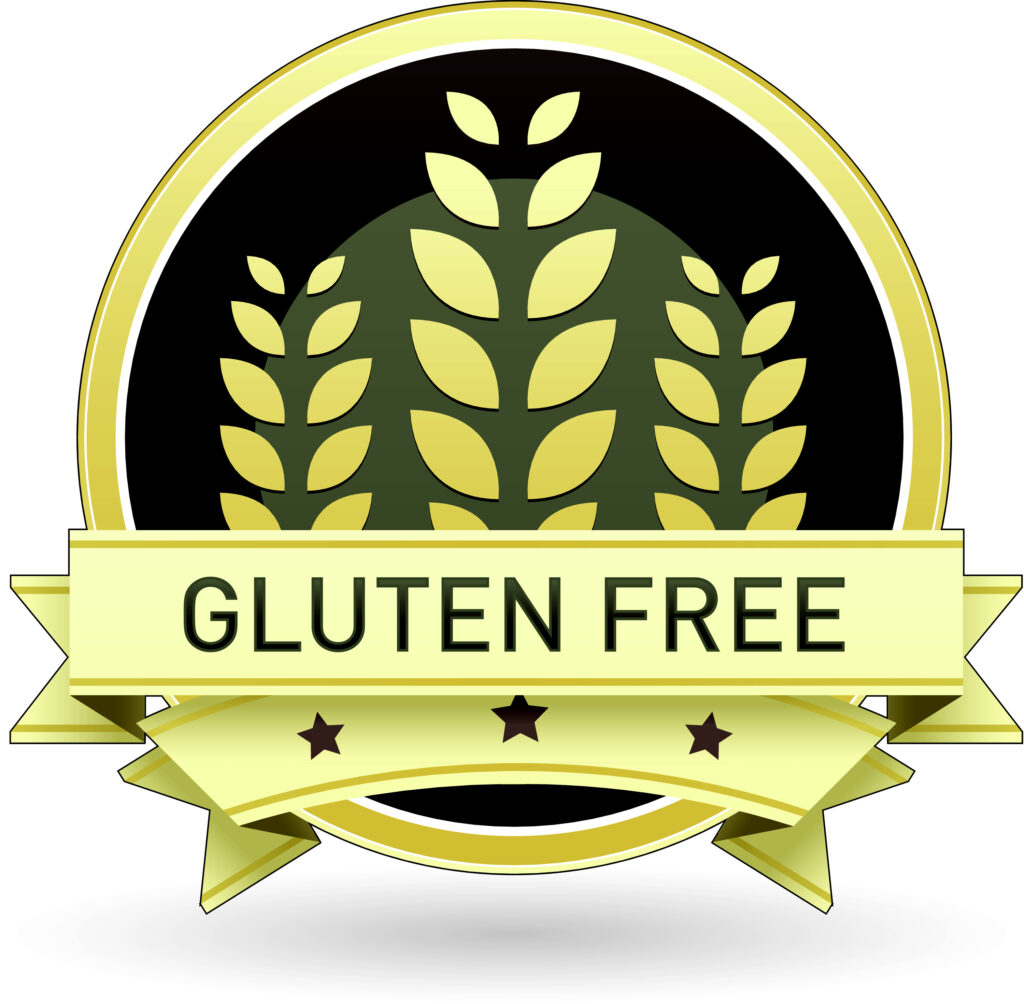It’s been a little over a year since our then-second grader was diagnosed with celiac disease. After my initial shock eased (for years, I thought his bellyaches were just a healthy dose of anxiety) and my heart finished cracking open for him (no pasta? no dumplings?), I went into overdrive researching, shopping and cooking. I wanted to make sure that he never felt deprived.
If you’re guiding kiddos through celiac disease, a wheat allergy or gluten sensitivity, have no fear – their lives will be full, healthy and just as sweet.
What is Gluten and What’s the Problem?
Gluten is a protein naturally found in grains like wheat, rye and barley. For some people, it can cause health problems.
Celiac disease is a lifelong autoimmune disease in which gluten causes one’s body to mount an immune response that attacks the small intestine. In the short term, many of those with celiac disease will experience gastrointestinal symptoms if they eat gluten. In the long term, it could cause a host of issues, including increased risk of cancer and other autoimmune disorders.
But celiac disease isn’t the only gluten-free game in town. Some people experience non-celiac gluten sensitivity, which can cause similar gastrointestinal reactions. Still others have wheat allergies, which are most commonly found in children.
Read the Labels to Learn What is Safe—And What Isn’t
Gluten is a sneaky little bugger and shows up in the least likely of places. Soy sauce? Check. Haribo gummy bears? Yep. Kellogg’s Rice Krispies Treats? Learned that the hard way.
And yet, other times, the foods that seem like they should have gluten, don’t. Bottom line – check those labels!
Involve the School and Share the News
Celiac disease and severe food allergies are considered disabilities under the Americans with Disabilities Act. As a result, public schools are required to make reasonable diet accommodations. Just look up the required school forms and involve your child’s physician as required.
Of course, it’s not just about filling out a form. Depending on your child’s age, it can be really helpful to tell the principal, your child’s teacher and the room parents. The more people who know, the more allies you will have to help create inclusive environments.
Where to Eat in the DMV?
There are some incredible restaurants and markets in the DMV that take gluten-free needs seriously and have fantastic options for kids. Here are some favorites:
- Summer House (North Bethesda): All items on the extensive kids’ menu can be prepared gluten-free; gluten-free baked goods.
- Rise Bakery (Adams Morgan; Sterling): Gluten-free bakery serving breakfast and lunch (carryout only); presence at several local farmers markets.
- Lilit Café (Bethesda): Specializes in gluten-free food in a casual atmosphere with a market.
- Gregorio’s Trattoria (Reston; Potomac; Bethesda): Italian food with an extensive gluten-free menu.
- Say Vrai (Damascus): Storefront with fresh gluten-free pasta and baked goods; presence at the Arlington, Bethesda and Dupont Circle farmers markets.
- Fogo de Chão (Tysons; Reston; North Bethesda; National Harbor; D.C.): Gluten-free options and well-documented allergen information. Kids 6 and under eat free.
- The Red Bandana Bakery (Bethesda): Gluten-free pastries, cakes, breads, breakfast, lunch and dinner.
Test the Store-Bought Options, If You Can
This one is tricky because store-bought gluten-free options are expensive. And I mean, really expensive. But, if you can, try as many store-bought gluten-free options as possible. The choices have improved dramatically in recent years, but the quality and taste can vary.
Try Homemade!
Gluten-free ingredients are also pricy, but it is often cheaper, healthier and more delicious to cook and bake gluten-free at home.
Gluten-free flours can be intimidating. For cookies or cakes, start with a high quality 1-to-1 option, like King Arthur Gluten Free Measure for Measure Flour or Bob’s Red Mill Gluten Free 1-to-1 Baking Flour. The density of different gluten-free flour blends can vary. The best option is to buy an inexpensive food scale so your baking is consistent.
***
My son is only 8 years old, and I know that just as we overcome today’s gluten-free challenges (Halloween, restaurants, birthday parties), we’ll face new ones in the future (peer pressure, beer pong). But he’ll be able to meet them head on.
In the past year, he not only has become healthier, but he has also become more confident. He knows what he can and cannot eat and he protects himself. And while I never would have chosen for him to have celiac disease, that’s a pretty bright silver lining.



